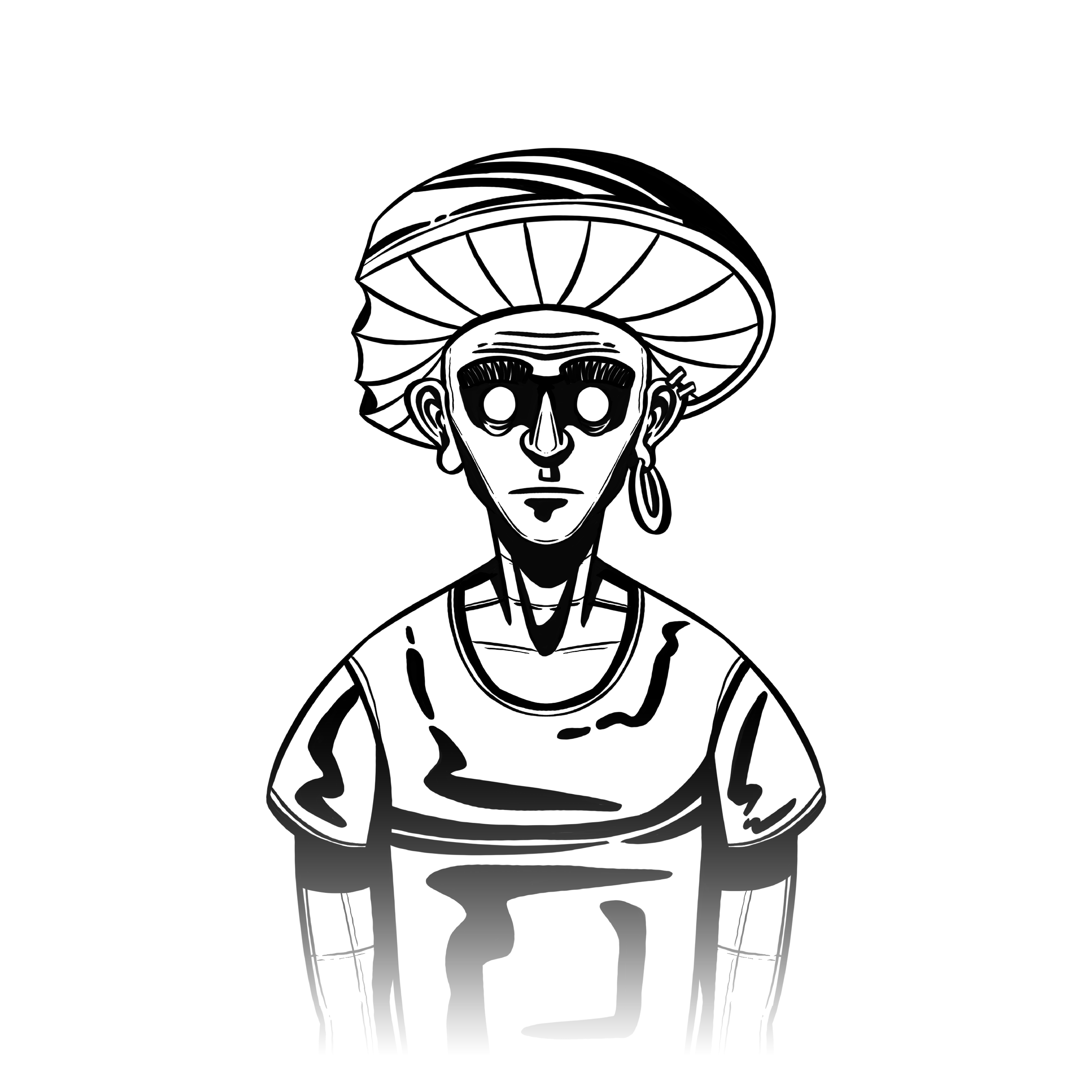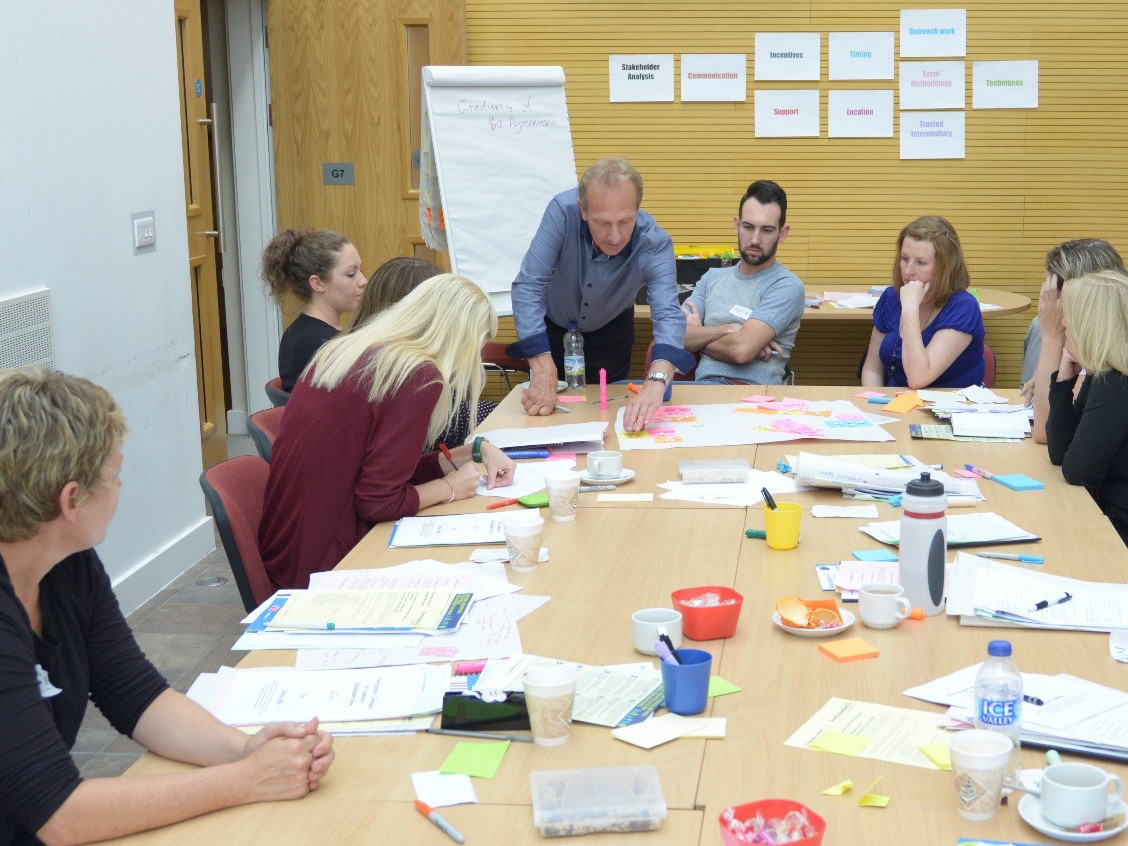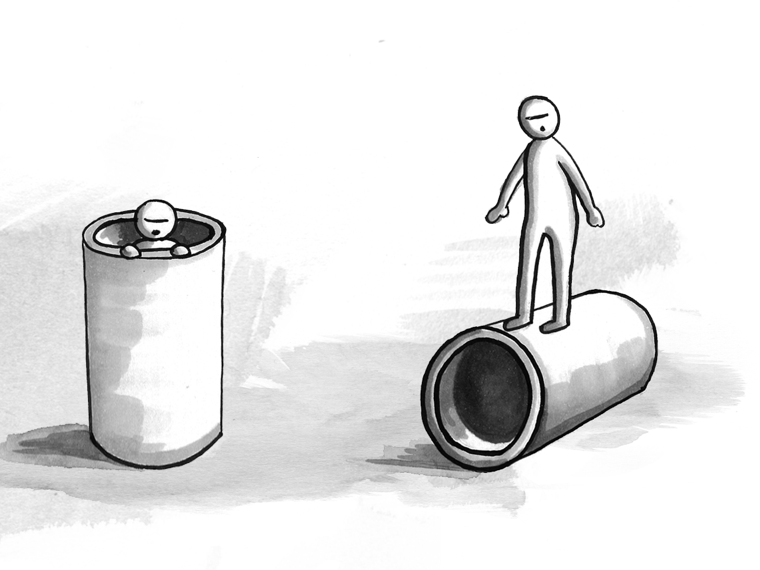DEFINITIONS
The definitions I found (Cambridge Dictionary):
TINKERING: to make small changes to something, especially in an attempt to repair or improve it.
Compared to the definition on the course wiki, the key component that is missing in the one above is how it is an experimental process. Additionally, I wouldn't really agree that tinkering is limited to small changes. Creative ideas can require drastic changes to a project and I believe that is part of the tinkering process.
TRIAL-AND-ERROR: a way of achieving an aim or solving a problem by trying a number of different methods and learning from the mistakes that you make.
BRAINSTORMING: an activity or business method in which a group of people meet to suggest a lot of new ideas for possible development.
The definitions ChatGPT gave me:
TINKERING: The process of experimenting with or adjusting something in a hands-on, iterative way, often without a clear plan, to improve or understand how it works. It involves playful exploration and minor modifications to achieve a desired outcome.
TRIAL-AND-ERROR: A problem-solving method that involves testing different approaches and learning from mistakes until a successful solution is found. It relies on repeated attempts, adjusting strategies based on failures or partial successes.
BRAINSTORMING: A creative thinking process in which individuals or groups generate a wide range of ideas or solutions to a problem without immediate judgment or criticism. The goal is to encourage free-flowing, innovative ideas that can later be refined or combined.
I actually really like the definitions ChatGPT responded with. However, the 'tinkering' definition, just like the dictionary definition, mentions specifically small changes as part of the tinkering process. I do not think this is accurate. I think big changes should also be considered part of the tinkering process, as it is a creative process and unpredictable in nature.
HURDLES
A typical I-tech related project case for me would be 'The Cookery Table'. This is a project I've actually been working on for the past months for DesignLab. The goal is to create an interactive table with lights and "plate detection", and is to be controlled through a phone or tablet by a moderator. Participants get a certain amount of time to speak, and this is visualised through the lights in the table. Working on the project is a lot of fun, but certainly brings about a number of technical challenges:
1. Designing and creating a table surface that allows for LEDs and sensors to be embedded.
Unfortunately there is not much space for playfulness here, as budget is limited, meaning that any modifications to the table surface have to be correct, or at the very least do not hinder achieving a polished final product in the end. The holes for the wiring were created through a bit of trial-and-error, as the original plan was to drill down through the table, before settling on drilling sideways and connecting wires directly that way.
2. Detecting plates when participants put them on the table surface.
To settle on the final concept (NFC modules), some brainstorming was done. As time and budget are important for this project, there is not much space for iteration. Some alternatives that were considered were weight detectors and light sensors (that would be covered by the plates).
3. Creating LED animations and have them make sense to the participants.
This problem actually allows for some playfulness. Although I have not finished the animations, I already went through multiple versions, changing whatever I thought should look different or could look better. This has been quite fun so far!
4. Creating a wireless remote for the moderator.
Based on a few basic requirements, I had a lot of freedom in the creation of the moderator interface. I quite quickly settled on a WiFi based control system, as this gave me a lot of flexibility regarding the look and feel of the remote, without needing very specific physical components that would cost additional money and time.
5. Managing the power required for the different components.
With different components having different power requirements, it turns out to be quite the challenge to connect everything correctly. Certain components might need extra parts to ensure stable signal, or stop a powerspike coming through. Trial-and-error is allowed for as long as backup component supply lasts!
INSPIRATIONS
I would go hunting for inspiration in the following physical and online resources:
PHYSICAL:
1. DesignLab exhibition space
With a wide range of funny, weird or complex installations and devices laying around, the DesignLab exhibition space is a great place to get inspired!
2. DesignLab scrap-pile
Probably my favorite spot to check out is the DesignLab scrap-pile. With broken projectors, old amplifiers and more, there is plenty of cool parts to repurpose for your own project.
3. DiD (Dutch Innovation Days)
Artists and start-ups get to display their newest projects in this local event. Enjoyed its most recent rendition a lot! Especially the artsy side was very fun.
4. Dutch Design Week
The big one! Speaks for itself a little bit perhaps. Cool event with many thought-provoking projects on display.
5. Party venues
A bit of an odd one, but to set an example, I had an fun experience a while ago. I've had an interest in both DJing and VJing for quite some time, and when I visited Ireland a couple of months back I got to see a VJ manipulate the music visuals with some kind of motion detector. He would aim his hand in the direction of the visuals and rotate or elevate his hand more or less to trigger changes. It looked like he was using the force Star Wars style. Me and my friends got to see it up close and he explained how he built the device for it himself. Very inspiring!
ONLINE:
1. Pinterest
With a simple search term like 'Arduino project', you immediatly find more inspirational material than you know how to handle. Always fun to check out. Has the risk of dragging you into a doomscroll ;)
2. Youtube
My favorite channels for inspiration are Michael Reeves, StuffMadeHere and Colin Furze. Although all of them are crazy in their own way, especially Michael Reeves (in his older videos) makes things that are not that out of reach for someone with limited budget and expertise. His creativity really makes him stand out.
3. Reddit
r/raspberry_pi and r/arduino would be my go-to's, but there is plenty more out there if you want to look for something more specific.
4. Instructables
Great for instructions and great for inspiration. If you're not careful you get sidetracked and start working on a new project whilst in the middle of one.
5. BensElectronics.nl
My favorite part supplier. Isn't necessarily better than others but I have always enjoyed scrolling through the parts lists and imagine 1001 other projects I could be doing with the available options.
APPLICATIONS
1. Instruments and interaction
Tinkering with instruments can be an interesting way to try and move away from traditional interfaces and invent new ways of making sound. It’s a sweet spot for merging tactile interaction with real-time feedback, though precision and playability can be a challenge when moving beyond tried-and-true instrument designs.
2. Plants and gardening
Technology enhanced gardening allows for playful ways to take care of nature. Think of sensors that trigger sound when soil gets dry, or LEDs that visualize a plant's mood. It can help build awareness of the state of your local greenery, and depending on the types of plants you're trying to take care of, there is a lot of space for trial-and-error and reiteration.
3. Home automation
With so many different sensors and devices already on the market to connect to your home assistant, creating your own (cheaper) IoT devices to fulfill a specific task is a super exciting way to tinker! A limitation I found is that some sensors or actuators are quite difficult to get your hands on or operate, so it can require a bit of time investment to get these things up and running.
4. DJ perfomance equipment
Very good fit generally for I-Tech tinkering, with touchpads, motion sensors, lights, sound and much more to play around with.
5. Taking care of your pets
Automatic feeders, cleaners or toys for your pets can be a cool field to tinker in. You see what works or doesn't and change! Should probably be very considerate about what materials you use depending on the exact application. Don't want your pets chewing on plastic!
I don't believe there are many untinkerable domains, although certain contexts might have such high stakes that making the "wrong" decision, or reiterating isn't really an option. To give an (extreme) example, large-scale infrastructure design or anything nuclear probably isn't suitable for tinkering.



